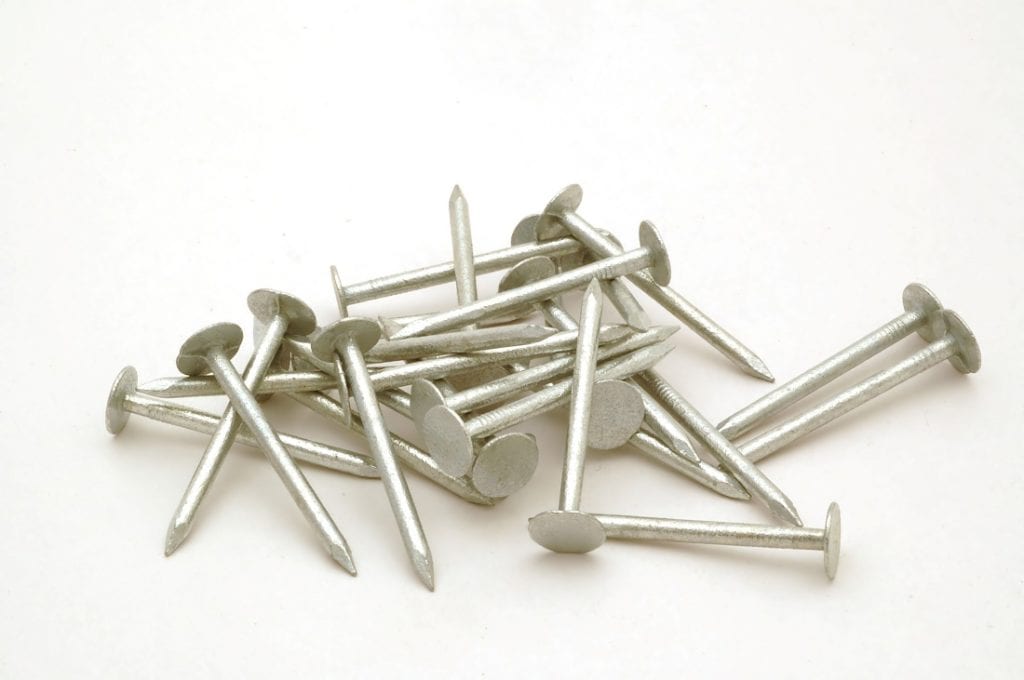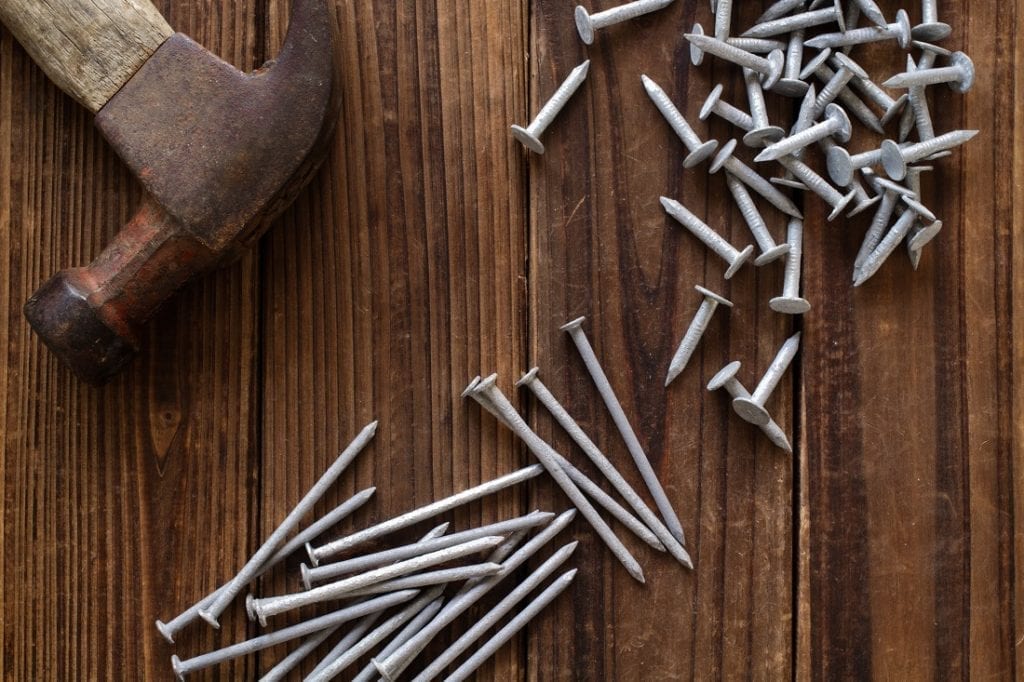Roofing Nails: The Essential Guide to Quality and Durability

Roofing is a critical aspect of any construction project, be it residential or commercial. To ensure a sturdy and long-lasting roof, it's crucial to pay attention to every detail, including the materials used. Among the various components, roofing nails play a vital role in securing shingles and other roofing materials in place. In this comprehensive guide, we'll explore the world of roofing nails, discussing their types, materials, sizes, and tips for choosing the right ones for your roofing needs.
What is Roofing Nails?
Roofing nails are specifically designed fasteners used to secure roofing materials such as shingles, tiles, or metal sheets to the roof deck or underlayment. They are known for their unique features that enhance durability, weather resistance, and overall structural integrity.
When it comes to understanding roofing nails, it's essential to consider their components. A typical roofing nail consists of three main parts: the head, shank, and point. The head of a roofing nail is often larger and flat to provide better holding power and prevent the material from tearing or lifting. The shank is the body of the nail, which can be smooth, ringed, or twisted, depending on the type. The shank determines the nail's holding power, grip, and resistance to pull-out. Lastly, the point of the nail is sharp to penetrate the roofing material and the roof deck efficiently.
What are the Types of Roofing Nails?

- Common Nails: Also known as smooth shank nails, are widely used in basic roofing applications. They have a smooth shank and a large, flat head for secure fastening. Common nails are suitable for general roofing projects where high wind speeds are not a significant concern.
- Galvanized Nails: Galvanized nails are coated with a layer of zinc, providing excellent corrosion resistance. The galvanization process ensures that the nails are protected from rust and corrosion caused by moisture or harsh weather conditions. These nails are ideal for areas prone to high humidity, coastal regions, or locations with frequent rain or snowfall.

- Stainless Steel Nails: Stainless steel nails are renowned for their exceptional durability and rust resistance. They are an excellent choice for regions with high humidity levels, coastal areas, or any location where long-term performance is crucial. Stainless steel nails provide superior strength and longevity, ensuring that your roof remains secure and intact for many years.

- Ring Shank Nails: Ring shank nails are characterized by their ridges along the shank. These ridges provide improved grip and resistance against pull-out, making them particularly suitable for regions prone to high-wind conditions. The ring shank design enhances the nail's holding power, ensuring that the roofing materials stay firmly in place, even during severe weather events.
How to Choose the Right Roofing Nails?

Choosing the appropriate roofing nails for your project is essential to ensure the long-term performance and durability of your roof. Consider the following factors when making your selection:
- Material Selection: The choice of nail material depends on various factors such as climate, environmental conditions, and the type of roof. Galvanized nails are generally reliable for standard roofing applications, offering sufficient protection against rust and corrosion. However, for areas with extreme weather conditions or high humidity levels, stainless steel nails are highly recommended for their superior resistance to corrosion.
- Length and Shank Type: Selecting the correct nail length and shank type is crucial for proper installation. The length of the nails should accommodate the thickness of the roofing material and penetrate the roof deck adequately. Different shank types offer varying degrees of holding power, so consider the specific requirements of your project. Smooth shank nails are suitable for basic roofing applications, while ring shank nails provide enhanced grip and resistance to pull-out.
- Manufacturer Recommendations: Always refer to the manufacturer's guidelines and recommendations for the specific roofing materials you are using. Manufacturers often provide detailed instructions regarding the type and size of nails that work best with their products. Following these recommendations ensures compatibility, maximizes the lifespan of your roof, and prevents any potential warranty issues.
By carefully considering the roofing material, environmental factors, and manufacturer recommendations, you can select the right roofing nails that will contribute to a durable, secure, and long-lasting roof.
Best Practices for Installing Roofing Nails:

A. Placement:
Proper placement of roofing nails is crucial to ensure the structural integrity and longevity of your roof. Nails should be driven through the designated areas of the roofing material, avoiding any vulnerable spots that could compromise the roof's overall performance. Following manufacturer guidelines and recommendations, mark the precise locations where nails should be installed, ensuring that they penetrate both the roofing material and the roof deck securely.
B. Proper Alignment:
Ensuring proper alignment of roofing nails is essential to prevent lifting or curling of the roofing material over time. When aligning the nails, pay close attention to the manufacturer's instructions, which often specify the distance from the edge of the material and the spacing between nails. By aligning the nails correctly, you can help maintain the structural integrity of the roof and prevent potential damage caused by improper alignment.
C. Consistent Spacing:
Maintaining consistent spacing between roofing nails is vital for distributing the load evenly across the roof's surface. Improperly spaced nails can result in uneven stress distribution, leading to buckling or warping of the roofing materials. Follow the recommended nail spacing provided by the manufacturer, ensuring that the distance between each nail is consistent throughout the installation. Consistent spacing not only improves the overall aesthetics of the roof but also helps maintain its strength and integrity.
D. Overdriving Prevention:
One common mistake during the installation of roofing nails is overdriving them into the roofing material. Overdriving occurs when the nail is driven too deeply, causing damage to the shingles or tiles. This can compromise their performance and lead to potential leaks or other roofing issues. To prevent overdriving, use a controlled force when driving the nails, ensuring they are securely fastened without damaging the roofing material. Pneumatic nail guns should be set at the appropriate pressure to avoid excessive force.
Taking the time to follow these best practices for installing roofing nails can significantly contribute to the overall quality and durability of your roof. By ensuring proper placement, alignment, consistent spacing, and avoiding overdriving, you'll help maximize the lifespan of your roofing materials, maintain the structural integrity of the roof, and protect your property from potential water damage or other related issues.
Where to Find the Best Quality Roofing Nails?
When it comes to finding the best quality Roofing nails for your projects and shingles, it's essential to rely on reputable suppliers that offer a wide range of options. As professionals working for our esteemed company, we take pride in offering the best Roofing Nails to our customers.

Our platform is a trusted marketplace that showcases a vast selection of top-notch Roofing Nails from reputable manufacturers and suppliers. Bestsuppliers website offers a user-friendly interface, making it easy to browse and find the perfect roofing nails for your specific needs. With our commitment to quality and customer satisfaction, Best Suppliers ensures that you have access to top-notch roofing nails that deliver exceptional performance and durability.
Conclusion
Roofing nails are a fundamental element in the construction of a durable and long-lasting roof. Understanding the different types, materials, and best practices for their installation is essential for achieving optimal results. By selecting the appropriate roofing nails based on the specific requirements of your project, you can ensure the proper attachment of roofing materials, providing a secure and weather-resistant roof.
Remember to consult manufacturer guidelines and recommendations throughout the installation process to ensure compatibility with the roofing materials being used. By adhering to these guidelines, you'll have the confidence of knowing that your roof is built to withstand the elements and provide long-lasting protection for your property.

